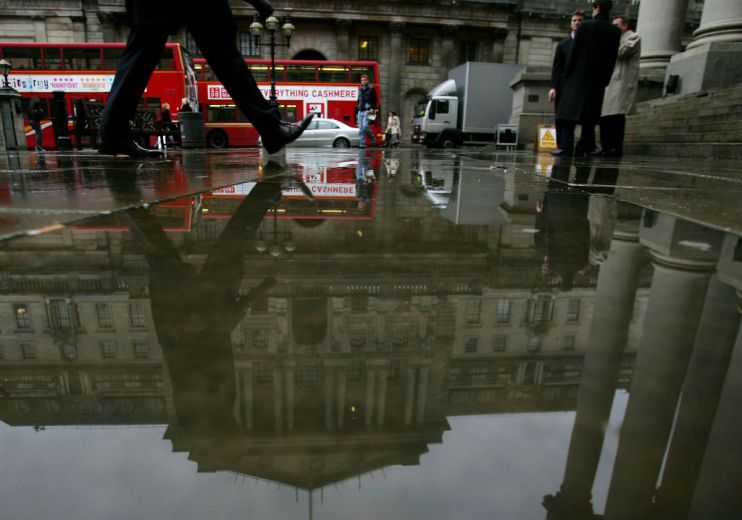Independent central banks are under threat once more

Being just a couple of decades old, the widespread adoption of independent central banks is relatively new to the world.
Yet this is a role which now needs to adapt to a world whose politics is changing very fast.
Different inflation objectives and tools have been discussed plenty of times before, but as the objectives of government change, does the independence of central banks need to change too?
The concept of interest rate policy being set by a group who are not facing the same political cycles as the government was ushered in by a generation of politicians who have since been shown the door, as the nature of politics has changed and the Washington consensus has been rejected.
That marks an interesting time for independent central banks, because their champions have quietly receded while their new masters can still remember a time when governments held the monetary reins.
And, as several governments have begun to pursue a more nationalist agenda, involving increasingly antagonistic negotiations with international peers, a new focus has fallen upon the central bankers.
For instance, theories circulated last week that President Donald Trump may be trying to force the hand of Federal Reserve chairman Jerome Powell by imposing tariffs on China in order to pressure the Fed into cutting interest rates further. As strategies go, it seems like making a fire out of your coat in order to keep warm.
All indications are that the President’s tactics are best viewed through the prism of one-dimensional rather than three-dimensional chess.
Here in the UK, last week also saw governor Mark Carney refusing to be drawn over the Bank of England’s response to a no-deal Brexit. Despite his coyness, we can assume that it would involve lower interest rates and quantitative easing. After all, there is no evidence that the Bank’s reaction function has changed dramatically over the last three years.
The most significant new information to be incorporated is that global inflationary pressures are muted, even in economies like ours with tight labour markets, while our trade deficit widened – despite the depreciation of sterling.
Carney can always justify his ambiguity by pointing to the requirement to consider the circumstances at the time, but it also looks like he wants to avoid underwriting the government’s negotiating strategy with Europe, just as Powell at the Fed won’t underwrite the President’s negotiating strategy with China.
So should national central banks align with nationalist agendas? Will Trump replace his Fed chair in four years to aid his efforts with the Chinese? And as Carney will soon need to be replaced after twice extending his term to try and steer the UK economy through Brexit, should the government be pursuing a candidate who is a Brexit advocate?
That would be a mistaken priority. There seems every reason to believe that Carney’s clear misgivings over Brexit are helpful to both the negotiations and the eventual outcome of the Prime Minister’s strategy, even if he points out that it may not be enough.
The intensive preparations undertaken by the Bank of England also contrast starkly with the failure of the government so far to prepare for a no-deal Brexit – at least up until now, with Michael Gove recently given the new responsibility of accelerating no-deal preparations.
Gove may be a champion of Brexit, but he is also someone who has a far deeper concern about the perils of crashing out than many of the more cavalier Brexiteers, for whom it is their favoured option. That nuance of opinion may be valuable in choosing Carney’s successor.
Political polarisation has intensified within many countries, and that risks breeding a culture where you’re either for something or against it. But appointments should be made on the basis of competence above all, with diversity of views a helpful byproduct when dealing with complex problems.
While we now have a Prime Minister who may like to hope for the best, it makes sense to have a central banker who prepares for the worst.
Main image credit: Getty